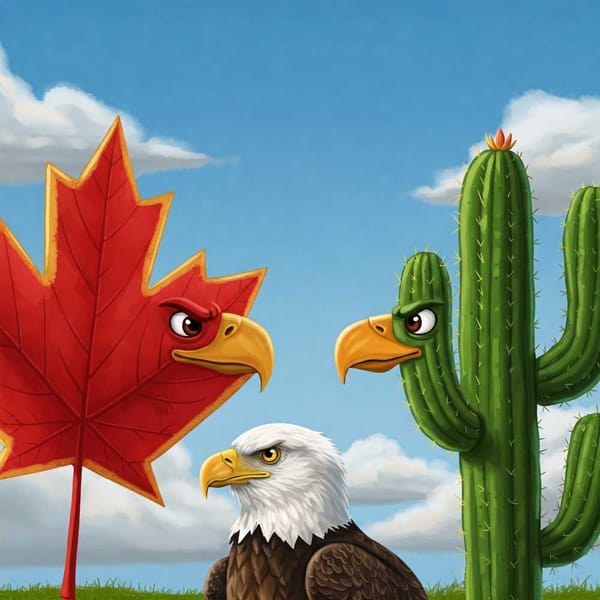The Fun Side of Discursive Traditions and Colonial History
The study of discursive traditions reveals the cultural history embodied in language. Research explores colonial documentation, unveiling linguistic nuances between Spanish and indigenous languages. These words offer insights into our past, guiding our understanding of contemporary communication.

The study of discursive traditions – the patterns and practices of speech within a community – holds immense importance from both linguistic and sociocultural perspectives. According to Idanely Mora Peralta, an academic from the Institute of Philological Research at UNAM (National Autonomous University of Mexico), these traditions shed light on the “cosmovision” or worldview of a society.
More than just Words
Languages aren't just systems of sounds and symbols; they're embodiments of cultural histories and shared experiences. “Languages, beyond their morphosyntactic structure, are carriers of culture and history,” Mora Peralta stated in a recent interview.




